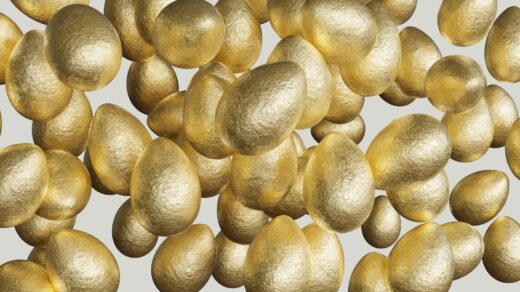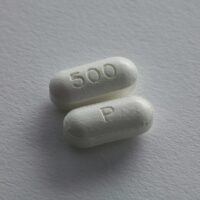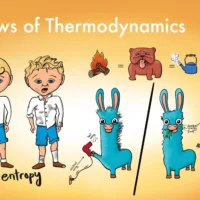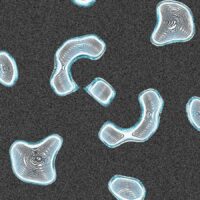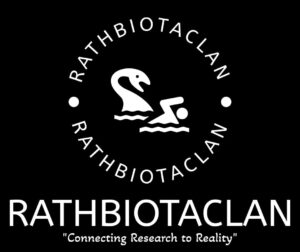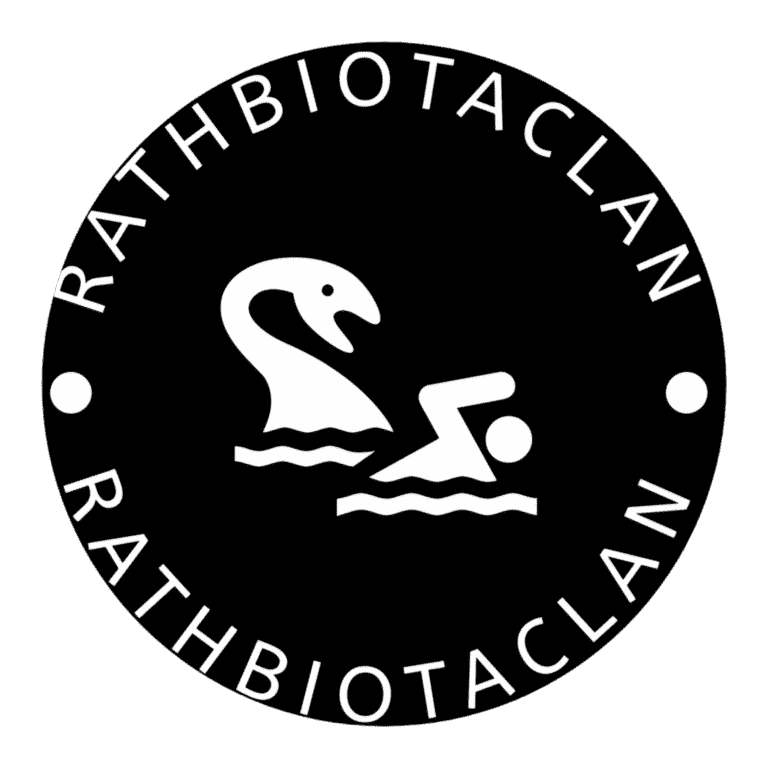High blood pressure, or hypertension, may seem harmless at first—but over time, it can seriously damage the heart. One of the key problems it causes is myocardial fibrosis (MF), a condition where the heart muscles become stiff due to scarring. This scarring is caused by an overgrowth of cells called fibroblasts and a buildup of structural proteins, making it harder for the heart to pump blood. Myocardial fibrosis is a major reason why people with high blood pressure may eventually develop heart failure.
Current treatments mainly help manage blood pressure and relieve symptoms, but they don’t directly prevent or reverse the scarring of heart tissue. That’s where this study steps in.
The Focus: A Traditional Chinese Medicine Called Zhilong Huoxue Tongyu Capsule (ZL)
The researchers explored the healing power of a Chinese herbal medicine called Zhilong Huoxue Tongyu capsule (ZL). This capsule is already used in hospitals across China to treat various heart-related conditions. It’s made from five natural ingredients:
- Huangqi (Astragalus)
- Guizhi (Cinnamon bark)
- Daxueteng (Sargentodoxa)
- Earthworm
- Leech
These ingredients are believed to reduce inflammation, protect blood vessels, and help the body grow new ones. Importantly, earlier studies showed that ZL does not cause harmful side effects, even when used for a long time.
The Key Question: How Does ZL Actually Work in the Body?
To understand how ZL helps the heart, researchers focused on a specific chain of biological signals in the body known as the TGF-β1/Smad3/Erbb4-IR/miR-29b pathway.
Here’s a simplified pathway:
- When the body is under stress (like from high blood pressure), it produces a molecule called TGF-β1.
- TGF-β1 activates a protein called Smad3.
- Smad3 turns off a small protective molecule called miR-29b, which normally helps prevent fibrosis.
- At the same time, Smad3 boosts the activity of a long non-coding RNA called Erbb4-IR, which also suppresses miR-29b.
- When miR-29b is reduced, fibrosis gets worse.
- So, fibrosis happens because too much TGF-β1 and Erbb4-IR shut down miR-29b, the body’s natural defense against heart scarring.
The Experiment: Testing ZL in Mice with High Blood Pressure
To test ZL, researchers created a mouse model that mimics human heart damage caused by high blood pressure. They gave the mice a substance called Angiotensin II (Ang II) for 28 days, which raised their blood pressure and caused heart tissue damage—just like in human hypertension.
The mice were divided into four groups:
1. Control group – no treatment
2. Ang II group – developed heart damage
3. Ang II + ZL group – received the herbal medicine
4. Ang II + Fosinopril group – received a standard blood pressure drug
Researchers also ran a second set of tests where they increased Erbb4-IR levels in mice using a virus-based method. This helped confirm whether blocking this molecule was key to ZL’s effectiveness.
What They Measured
The researchers carefully tracked how each treatment affected the mice. They looked at:
Blood pressure (using non-invasive tools)
Heart function (using echocardiography)
Heart structure (via tissue staining and microscopic examination)
Scarring (by measuring proteins like collagen and fibronectin)
Inflammation (checking for signals like IL-1β)
Molecular activity (using genetic and protein analysis)
What They Found: ZL Protects the Heart
The results were impressive:
ZL significantly lowered blood pressure, similar to Fosinopril.
It improved heart function and reduced muscle damage caused by high blood pressure.
ZL prevented the buildup of scar tissue, cutting down harmful proteins like Collagen I, Collagen III, and Fibronectin.
It also reduced inflammation in the heart.
Most importantly, ZL affected the core molecular pathway:
It blocked TGF-β1 and Smad3, reducing the signals that cause fibrosis.
It lowered Erbb4-IR levels, which normally worsen fibrosis.
It increased miR-29b, the protective molecule that helps fight scarring.
The Twist: Overloading Erbb4-IR Cancels ZL’s Effects
When the researchers artificially boosted Erbb4-IR, the mice got worse—even if they were treated with ZL. This meant:
- Heart function declined
- Scar tissue returned
- miR-29b levels dropped
And ZL couldn’t undo the damage, no matter how much was given. This confirmed that Erbb4-IR is a key villain in this story, and controlling it is essential to stopping fibrosis.
Conclusion: ZL Could Be a Natural Ally in Heart Health
This study shows that Zhilong Huoxue Tongyu capsule (ZL) could be a powerful treatment for heart scarring caused by high blood pressure. It works by targeting a specific molecular pathway, blocking harmful signals, and boosting natural defenses in the body.
While these results were in mice, they offer strong scientific backing for ZL’s benefits and highlight the potential of Traditional Chinese Medicine in modern cardiovascular therapy.
Future studies are needed in humans, but this research opens a new path for using herbal medicine to fight fibrosis, protect the heart, and possibly even develop new drug targets like Erbb4-IR.
Reference
Nature Publication
Scientific Report







